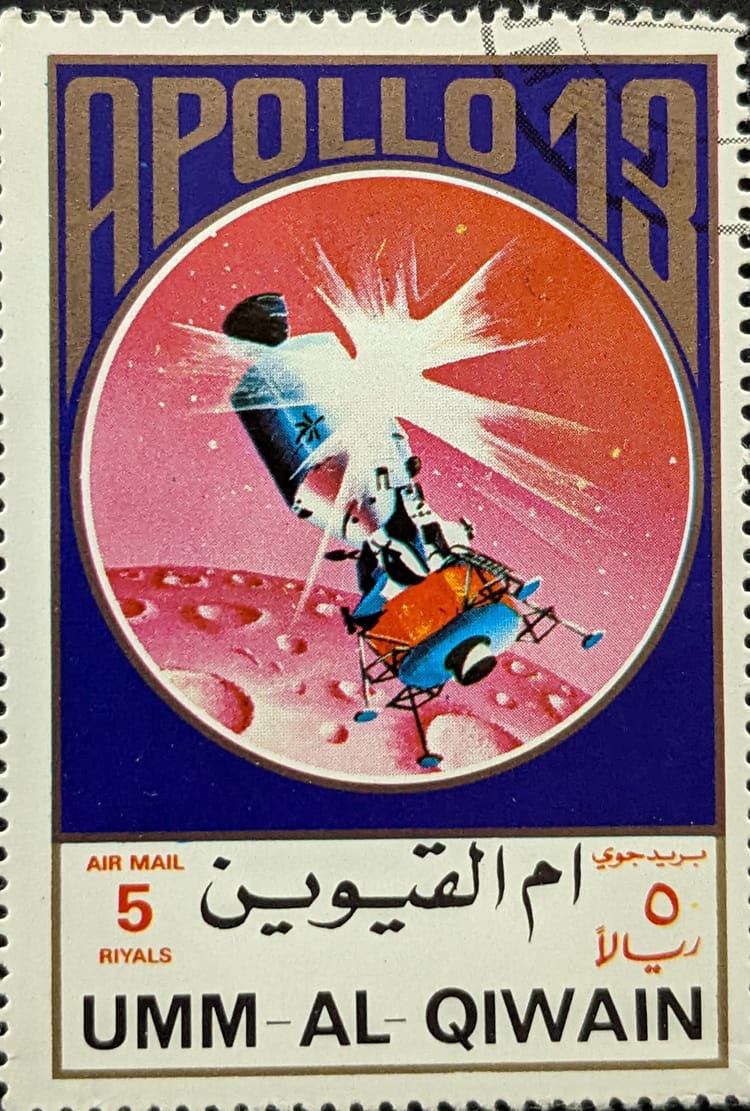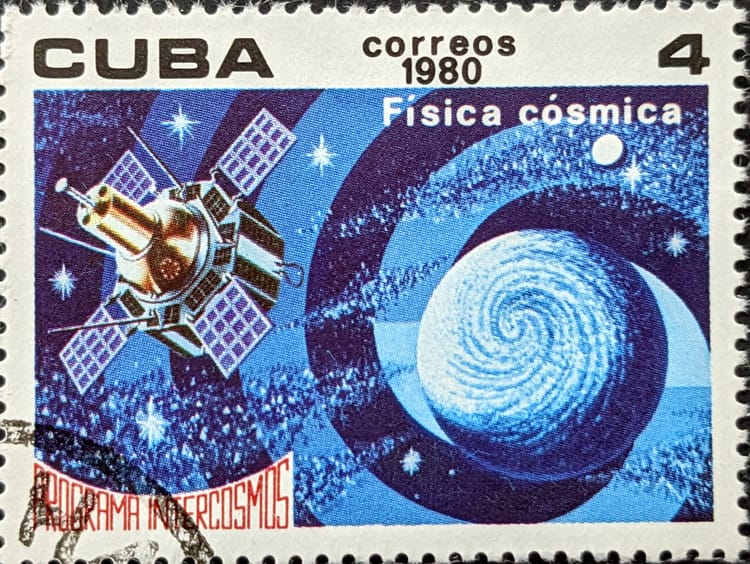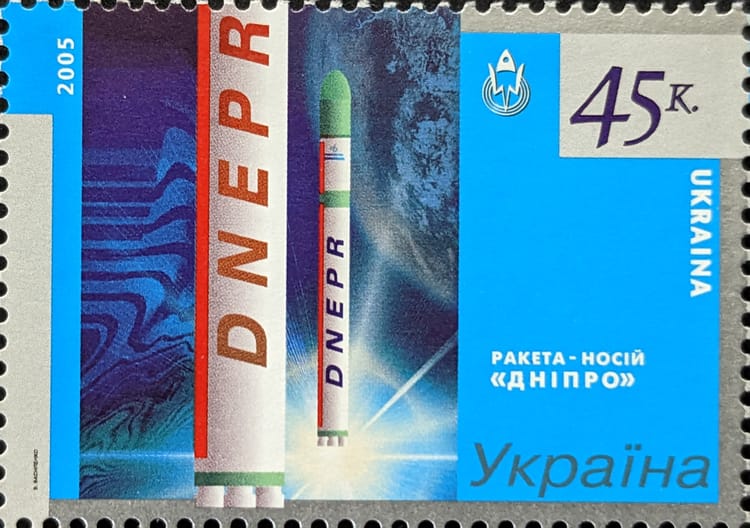Space Industry Wrestles Reality on a Roll
Plenty of articles have been written about the “Future of the Space Industry” after the world has dealt with COVID-19. So much literary hand-wringing goes on in these opinions and prognostications, I have to wonder if I’m missing something. There are full-on articles dedicated to the worry about whether the commercial human spaceflight “industry” will survive. Others worry about the pandemic’s culling of space’s newest small businesses (start-ups). More worries are thrown around about how the civil space agencies’ reactions will impact the space industry as a whole.
But many of those authors seem to believe the whole world cares about the space industry's woes.
Welcome to the real world!
It’s one that’s more concerned about survival than focusing on Space 1999.
Before continuing, I should be clear that I like the space industry. I liked it enough to devote nearly 25 years to it in one capacity (space operations) or another (space industry research). But I am also one of those who questions certain assumptions surrounding the industry, as well as attempting to apply definitions/analyses that may be helpful to it. There are many assumptions floating around the global space industry that need to be questioned.
Some of these assumptions stem from military history and operations. Some, like the prohibition against wearing a red shirt during a space launch/operation, are flat out superstition (seriously??!). Some are deliberate self-serving promotions for products or services that don’t exist (but companies will take your money anyway). And some may be for legitimate commercial purposes.
In the real world, the following terrestrial services and products seem to be gaining traction as people and businesses deal with COVID-19 in their own ways: using the internet and cellular networks (both are a part of the communications infrastructure); using delivery services; using pick-up services. A pandemic focuses a person on what is needed and used day-to-day, and toilet paper ranks high on that list.
What are some of the cues we can see from this list that might point the space industry in a useful direction? What space products or services compete with toilet paper?
Competing with TP
The biggest is probably communications--specifically internet communications infrastructure. Internet communications aren’t new, but with everyone being told to stay home or at least stay away from other people, the internet has been critical. There are plenty of stories about Zoom and its insecurities, the me-too advertising of Skype, the increase in streaming and gaming, grocery stores offering online shopping for curbside pickup, etc.
At the same time, articles abound with the message that streaming and communications companies are worried about the heavier bandwidth load challenges presented by a population forced to use the online world for longer periods. Like everything else with COVID-19, the pandemic is highlighting weaknesses as well as strengths, this time in the U.S. communications infrastructure.
This worry about bogging down the internet is troublesome because it is used for far more than streaming and teleconferencing. It’s for banking, online classes, working from home, and it’s the only way to submit for unemployment in some states (because going to wait for hours in a lobby with poor ventilation and several hundred other people is a bad idea right now--actually, it’s always been a bad idea). Distressingly (depending on the organization’s implementation), it’s also the only way to see and talk with a doctor in the United States.
Based on the growing use of internet communications and applications just because of people staying home and using them, commercial telecommunications companies like Viasat, Echostar/Hughes, and SES should be seeing some bumps in their bottom lines for this quarter (which may hopefully make up for some of the “in-flight connectivity” losses they are facing).
However, it should be noted the offerings and capabilities of operational commercial satellites today are basically inadequate to the task of supporting current internet infrastructure needs. This scenario should encourage companies that are implementing or planning low Earth orbit broadband constellations, and those geosynchronous satellite operators currently manufacturing significantly more capable communications satellites. Based on the limits placed on video streaming, etc., it appears that terrestrial networking infrastructure could use some help, possibly in the form of a high-speed, high-bandwidth LEO constellation.
It would be great if LEO broadband services were inexpensive, too.
Not as High on the List
As noted in a previous post, satellite imagery seems to be posted online at a higher frequency in response to COVID-19 (normally in an edutainment format). These images are usually associated with revealing “ghost towns”--imagery of metropolises like Paris or religious attractions like Mecca with less than the normal amount of people walking around them. There are the images from environmental monitoring spacecraft showing just how much less pollution a nation is generating today because people are hiding from COVID-19. People seem fascinated with how quickly nations like China can build a hospital for the pandemic’s victims.
Aside from the imagery that weather satellites provide, it’s less clear if the other images these satellites provide go beyond the “soft-news” category. Do they do more than create thoughts similar to this: “Well, that’s interesting...now, let me go watch my favorite backpack review on Youtube.” It’s not like these imagery services are providing real-time pictures that show when a park or trailhead is less congested.
Perhaps it would be useful to know when a grocery store parking lot has fewer cars in it during the week. These may be mundane images--but they might ultimately prove more useful. Also, this kind of thing isn’t offered to the average citizen right now. Compare the daily use of imagery by a normal person to how that same person pounds away at the information superhighway, and it’s clear where imagery sits in importance. Satellite imagery wouldn’t even be as prevalent today if the internet didn’t exist.
One type of constellation not mentioned is positioning, navigation, and timing (PNT) constellations, like the Global Positioning System (GPS). The signals from GPS satellites likely are critical to delivery services. And they are probably used by meal/grocery delivery services, too. These signals are always available to anyone with a receiver, which includes nearly everyone with a smartphone. COVID-19 may mean that the general population is not taking advantage of this particular space-based signal. But the nature of the constellation means it will be there providing signals when life becomes relatively normal again.
These will likely come out of current pandemic challenges as well or better than other space industries. All the imagery, communications, and PNT services are provided, in part, by space assets that are already orbiting the Earth.
On the other hand, there is no operational commercial human spaceflight industry. There is an industry that specializes in transporting people from the Earth to the International Space Station (currently using taxpayer funding). But that is very small and for a very exclusive part of humanity, which indicates that it is probably not relevant to a normal person’s everyday routine.
Worse, the commercial human spaceflight industry has yet to become a business that explicitly does what that industry’s category name implies--flying humans up to space (very briefly) and back for profit. The intent of this writing is not to pick on this possible emerging industry, but rather to question the priorities of those promoting it above all else. Is it worth an employee’s life? Will it be Earth-shattering if this type of business ends up a history book footnote (or Wikipedia stub)--the equivalent of a hot-air balloon ride in the late 1700s? Will the whole $400+ billion global space industry notice if this part of the industry flops?
Since the industry is so small, it might. But to the rest of the world, it’s doubtful such a service would rank closely to toilet paper.




Comments ()